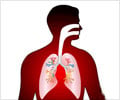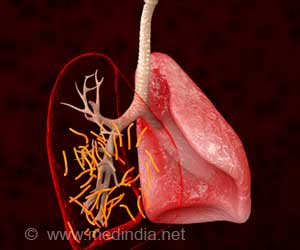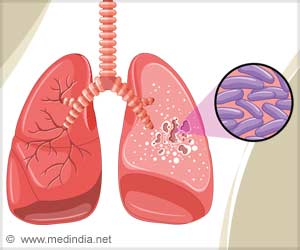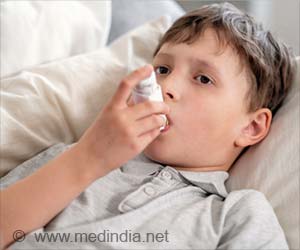The current Omicron variant of COVID-19 is localized more to the upper respiratory tract and this is why even filtering face masks are a great protection.
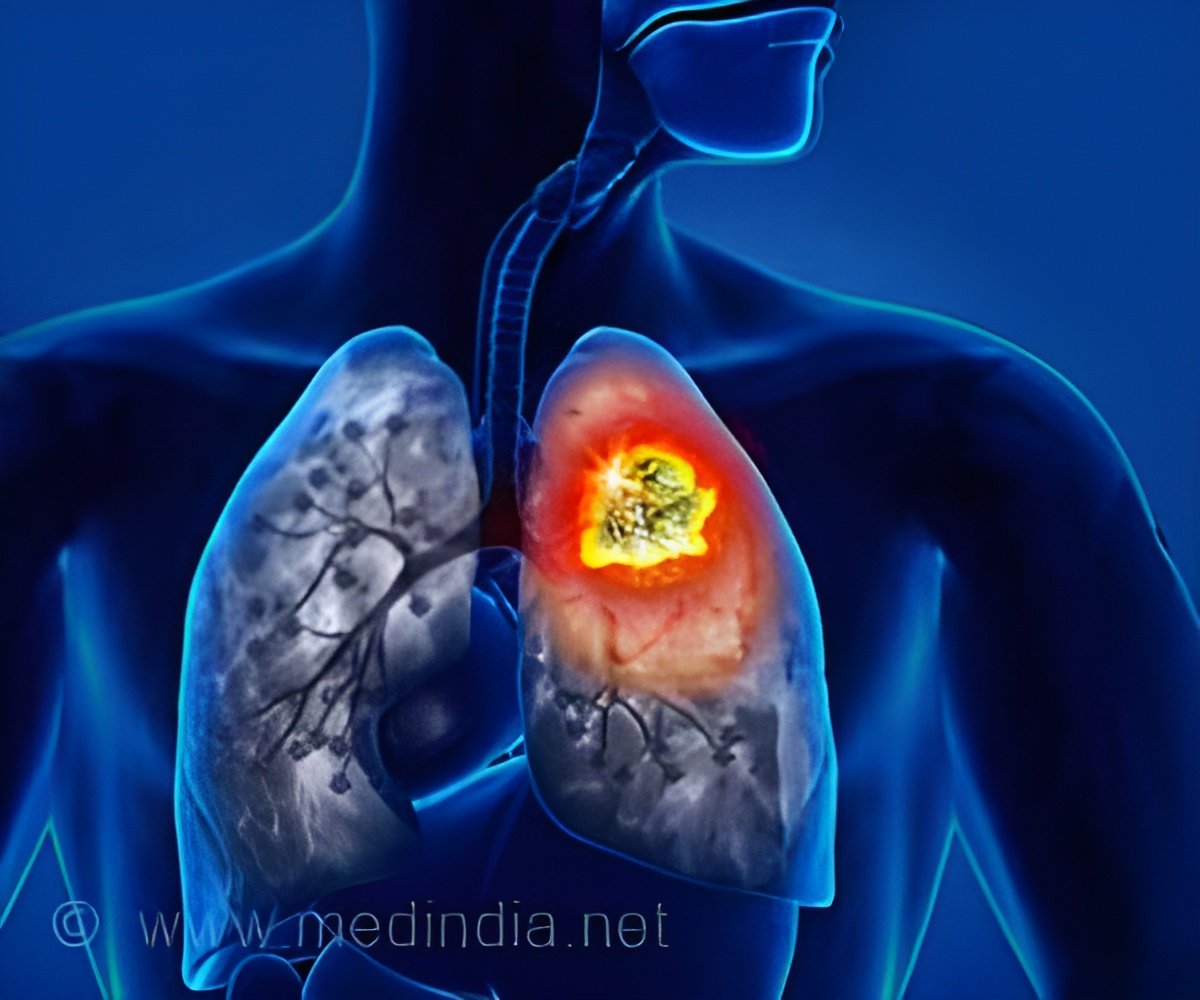
‘In the lung, mostly small particles with less than five microns – that is five thousandths of a millimeter – are produced, also known as PM5. In contrast, bigger particles are produced in the upper respiratory tract. As the measurements showed, children exhale far less smaller particles than adults.’





Advertisement
Vocalization Activities Increase Small Particle Concentration
In this comprehensive study, the researchers recorded data from 132 healthy volunteers. The study also included children and adolescents between 5 and 18 years about which very little data were available. They used various instruments installed in a clean room to measure the full range of particle sizes exhaled: from a tenth of a micrometer to a quarter of a millimeter. The participants performed different vocalization activities such as singing, speaking and shouting for 20 minutes in total. “Vocalization and age are shown to be independent risk factors for particle production,” reports Prof. Simone Scheithauer from the Department of Infection Control and Infectious diseases at the UMG.Advertisement
The Volume of the Exhaled Particles Determines Potential Infection Risk
Although human drops and aerosols contain mostly small particles, larger particles constitute the major part of the total volume that can contain pathogens. “If the pathogen mainly resides in the upper respiratory tract, the large particles are by far the main transmitter of the disease”, explains Eberhard Bodenschatz, director at the MPI-DS. “It is thus important to consider the localization of the infectious particle in the respiratory tract to decide on appropriate protection”, he continues.Advertisement
Protective Measures Depend on the Localization of the Pathogen
In contrast, infectious diseases that reside mainly in the lungs will primarily be transmitted via small particles. Since their production increases with age, children are less likely to transmit such diseases than adults, according to the study. To prevent airborne transmission of lung diseases, wearing of well-fitted and high-efficiency facial masks can thus be an effective measure to avoid disease transmission, especially for adults.Source-Eurekalert


